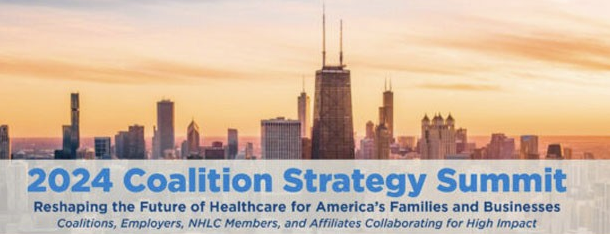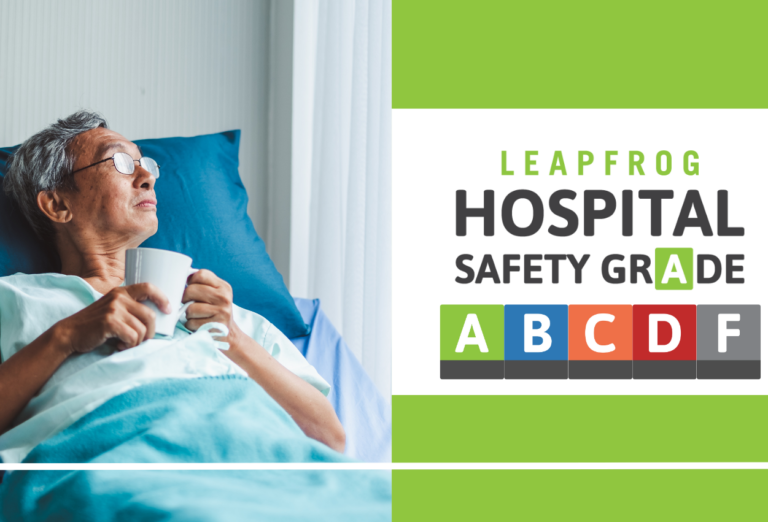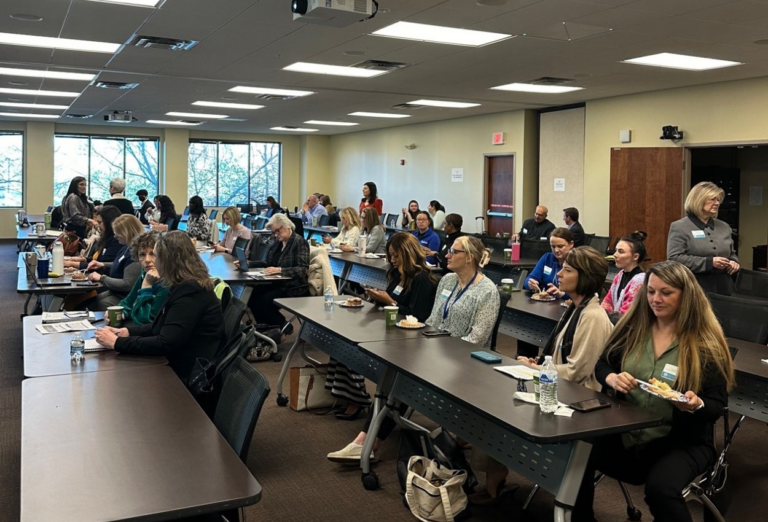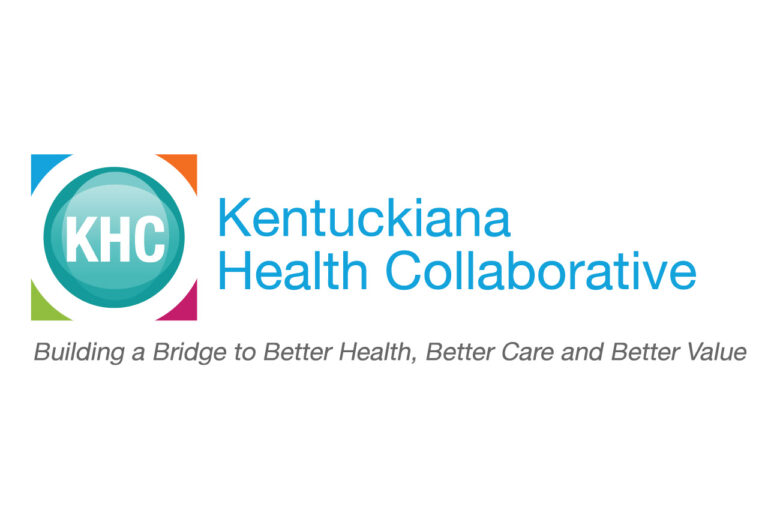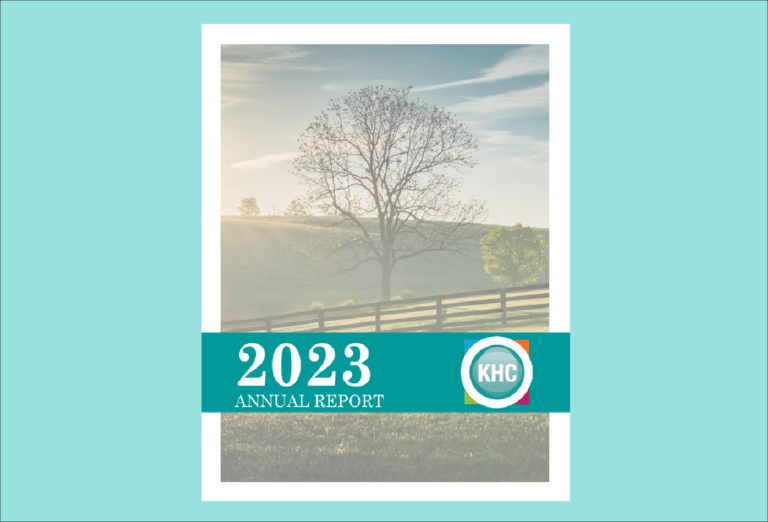A few weeks ago in San Francisco, I was struck by a colleague’s remark that he hopes one day his mom can describe his work. We all laughed, relating to the comment. I didn’t expect that offhand remark to actually be part of the Network for Regional Healthcare Improvement (NRHI) board meeting discussion, but the need to succinctly describe the work of a Regional Healthcare Improvement Collaborative (RHIC) or, quite frankly, any organization, is vitally important and a priority for NRHI.
So, what the heck does a RHIC do? At a high level, RHICs like the Kentuckiana Health Collaborative convene multiple healthcare stakeholders to work toward the Triple AIM goals of improving healthcare quality and cost and the health of populations in a region or state. The enormity of such a vague mission also leads one to ask, could you be a little more specific?
Generally speaking, RHICs typically work in four main areas of focus:
- Patient/Provider Education and Engagement
- Quality Analysis and Reporting
- Value-based Healthcare Delivery
- Valued-based Payment/Benefits
The reality is that RHICs come in all shapes and sizes, and we don’t all work on the same things. It’s always interesting to hear the priorities of the different communities. Here were a few of the activities that caught my attention of our sister coalitions.
The Massachusetts Health Quality Partners (MHQP) recently released a study highlighting a major opportunity for improving the way physicians engage with their patients by asking patients what their overall health goals were. The New Jersey Health Care Quality Institute developed a new blueprint for the future of the New Jersey Medicaid program called Medicaid 2.0. Minnesota Community Measurement is developing a new cancer care patient reported outcome (PRO) measure focusing on pain management during radiation and/or chemotherapy. Oregon Health Care Quality Corporation (Q Corp) presented Oregon health care cost information to the House and Senate Health committees to share insights on managing healthcare costs as they deal with budget deficits.
The variety of activity happening across NRHI’s 35 member RHICs, including the KHC, is indicative of the different priorities of communities. The KHC met just last week with its new Executive Board to reassess its current priorities. Results from that meeting will be reviewed at April’s All Member meeting on April 11.
The innovative work happening by RHICs across the U.S. is encouraging. I’m excited about the opportunities that 2017 has in store for our community, our members, and the KHC. Describing this innovative work, that’s a different story.
